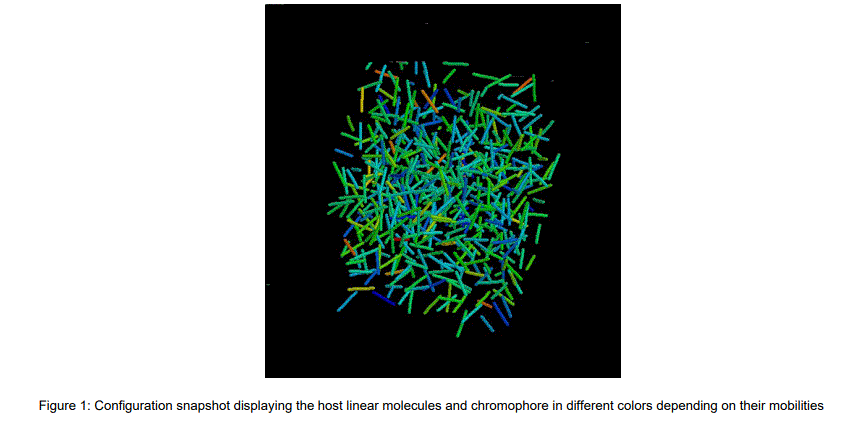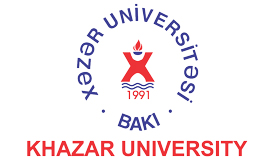International Conference on Materials Science and Research
November 16-18, 2017 Dubai, UAE
Finite Size Effects in a Supercooled Medium
1Laboratoire de Photonique dʼAngers, Université dʼAngers, France
2Laboratoire dʼélectronique et de microelectronique (EµE), Faculty Des Sciences de Monastir, University de Monastir, Tunisia
The properties of an amorphous material to the limits (e.g. adjacent a surface) are greatly modified by the presence of the interface. For this study we use computer simulations, molecular dynamics. This technique, widely used for the study of amorphous materials, to simulate the static and dynamic properties of these environments (Allen et al.,1989).We used modified boundary conditions and we will study various statistical quantities characterizing the material derived from the numerical results. We studied the finite size effects(Burkhard et al.,2002) on a system composed of a photochromic molecular motor and a variable number of surrounding molecules Decreasing the size of the box has several effects, one of which is to increase the concentration of molecular motors in the medium due to periodic boundary conditions. Our simulations show that the diffusion coefficient D increases linearly with the concentration of chromophores when the size of the boxes decreases ,but, in contrast, D decreases and remains constant in the vicinity of the chromophore. Natural cooperativity of the medium evolves with the size of the system considered. However, we note that this cooperativity is strongly modified by the action of molecular motors. Simultaneously, the dynamic behaviors caused by the finite size are also changed. However the structure of the medium is not changed by the system size
These results show that one can increase the number of chromophore for applications in the concentrations of the study, without saturation effects. They also show that cooperative processes involved are modified by the action of the molecular motor
Keywords: amorphous material, finite size effects, silica-based biomaterials, photochromic molecular motor, chromophore, cooperativity, supercooled , solicitation.

References:
Burkhard, D., Andreas, H., (2002), Finite size effects in a supercooled liquid, arXiv:cond-mat, 0210121v1.
Allen,M.P.,Tildesley,D.J. (1989) Computer simulation of liquids, Oxford science publications.



